Trailrider
Bachelor Dog
From early days a need for a link between the coast and the interior existed. With the arrival of white settlers at the Cape, the need for a route between the Cape and the interior enjoyed a high priority and in 1689 the first documented crossing of the mountains over the Attakwaskloof took place.
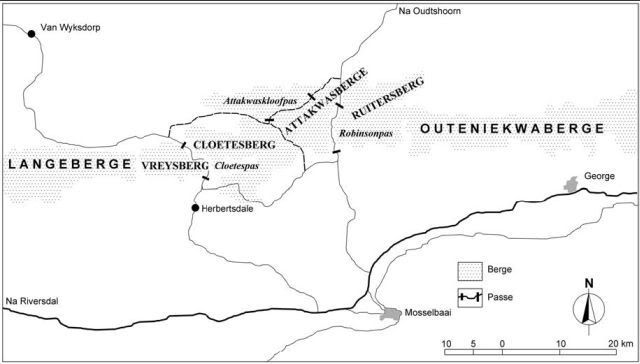
In the Southern Cape the mountain ranges form formidable obstacles that hindered access from the coast to the interior since the earliest times. Most of the earliest passes were not constructed as such, but a large number of present South African mountain passes follow old animal trails. The Attakwaskloof Pass was used by elephants before pass was build.
This became the main road to the North for 180 years from 1689-1869 and was the most important route linking the â??Grasveldâ? around Mossel Bay with Kannaland in the vicinity of Oudtshoorn.
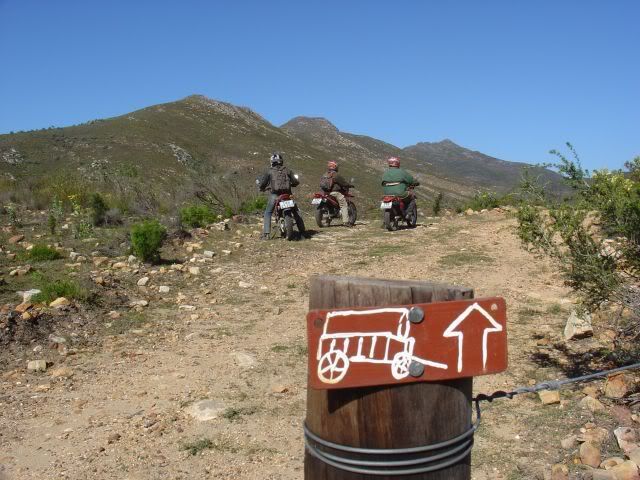
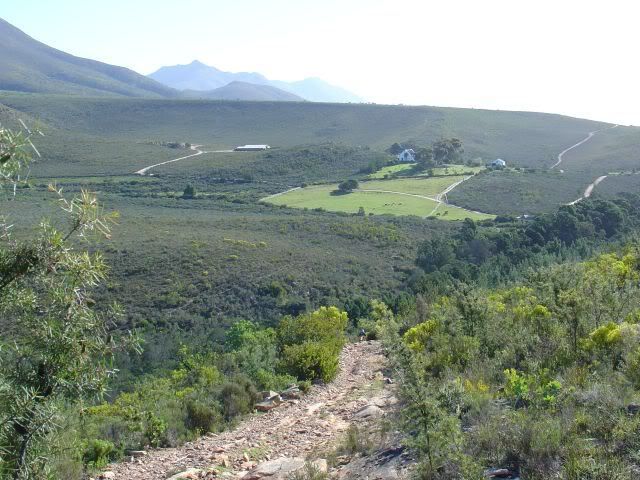
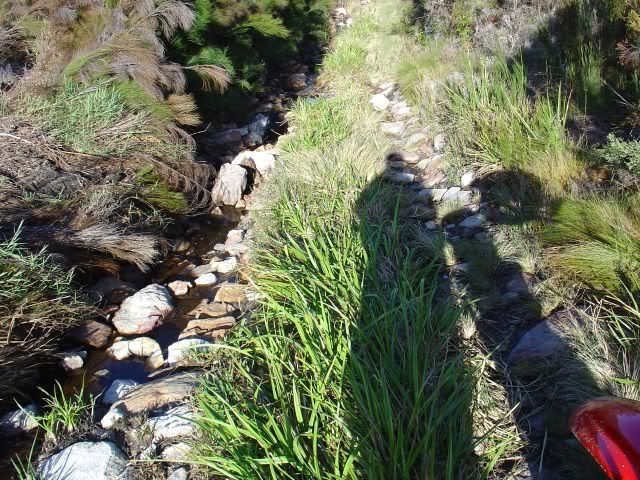
With the later construction of the Robinson Pass, the Attakwaskloof Pass fell into disuse. It has become part of Cape Nature Conservation and declared a National Monument in 1995.
The Attakwaskloof pass is 10 km long and reaches a height of 820 m above sea level. It is over 300 years old. It offers spectacular scenery, natural rock pools, remains of historic buildings like block houses, an old hotel and toll houses.
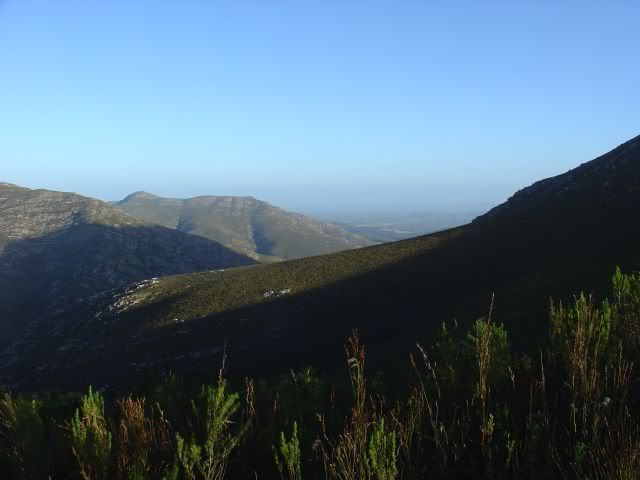
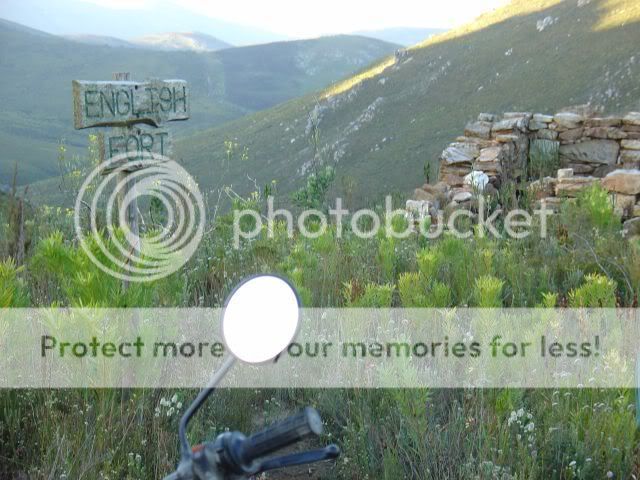
I had the privilege to travel this pass with Sir Gravelot (he also took the pictures). See his website:
https://www.22south.com/
For more info also see:
https://academic.sun.ac.za/history/news/smit_hap.pdf

In the Southern Cape the mountain ranges form formidable obstacles that hindered access from the coast to the interior since the earliest times. Most of the earliest passes were not constructed as such, but a large number of present South African mountain passes follow old animal trails. The Attakwaskloof Pass was used by elephants before pass was build.
This became the main road to the North for 180 years from 1689-1869 and was the most important route linking the â??Grasveldâ? around Mossel Bay with Kannaland in the vicinity of Oudtshoorn.



With the later construction of the Robinson Pass, the Attakwaskloof Pass fell into disuse. It has become part of Cape Nature Conservation and declared a National Monument in 1995.
The Attakwaskloof pass is 10 km long and reaches a height of 820 m above sea level. It is over 300 years old. It offers spectacular scenery, natural rock pools, remains of historic buildings like block houses, an old hotel and toll houses.


I had the privilege to travel this pass with Sir Gravelot (he also took the pictures). See his website:
https://www.22south.com/
For more info also see:
https://academic.sun.ac.za/history/news/smit_hap.pdf




